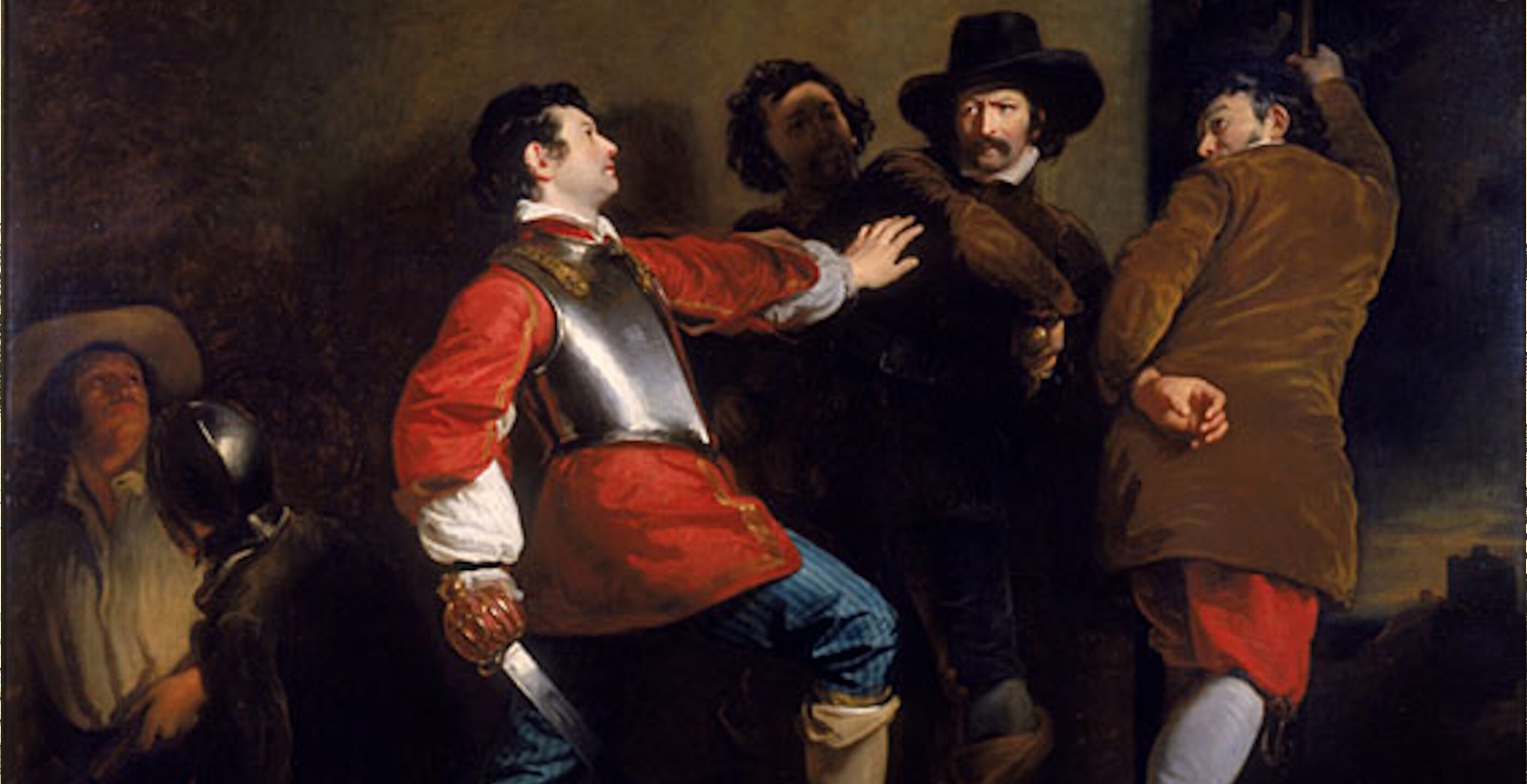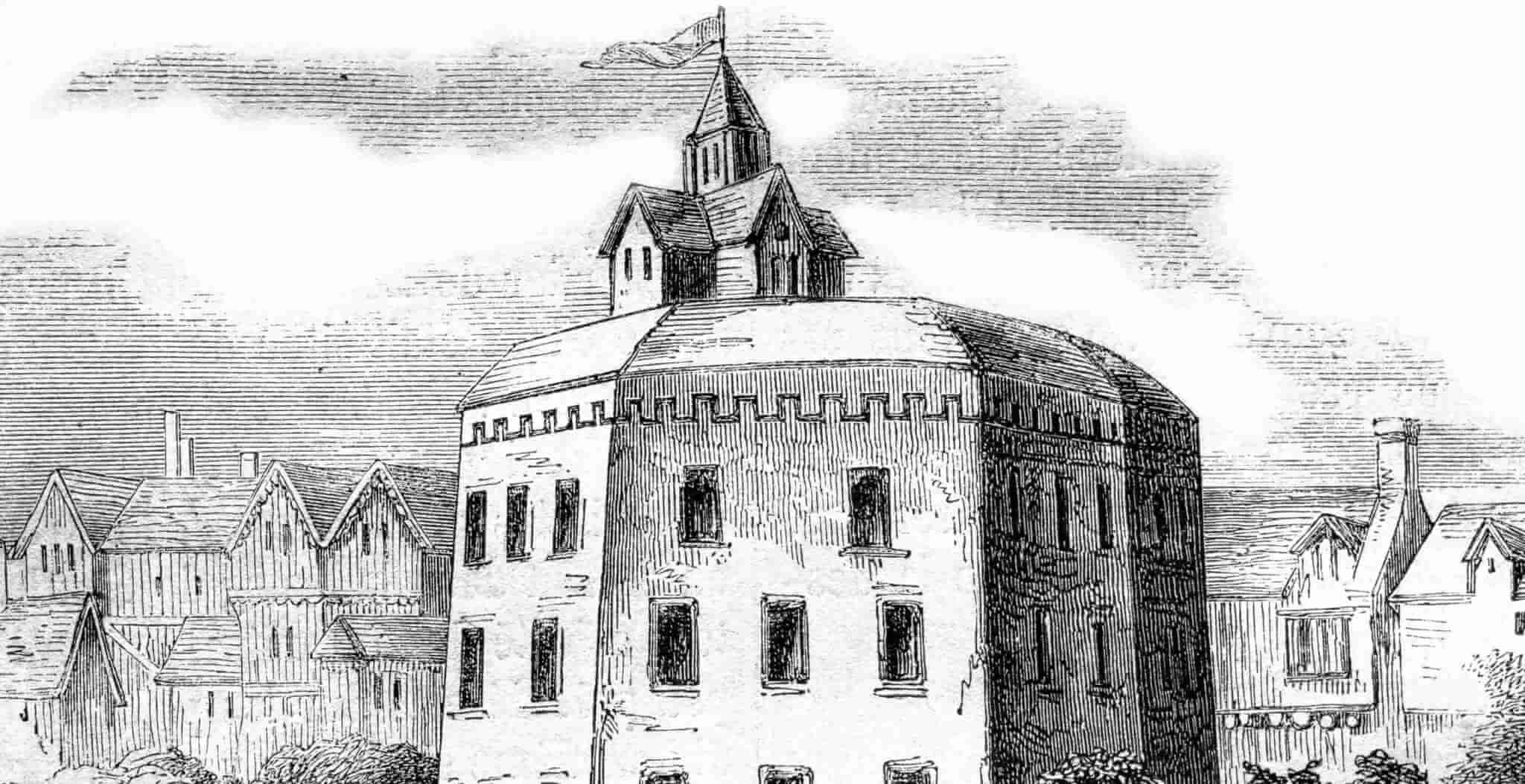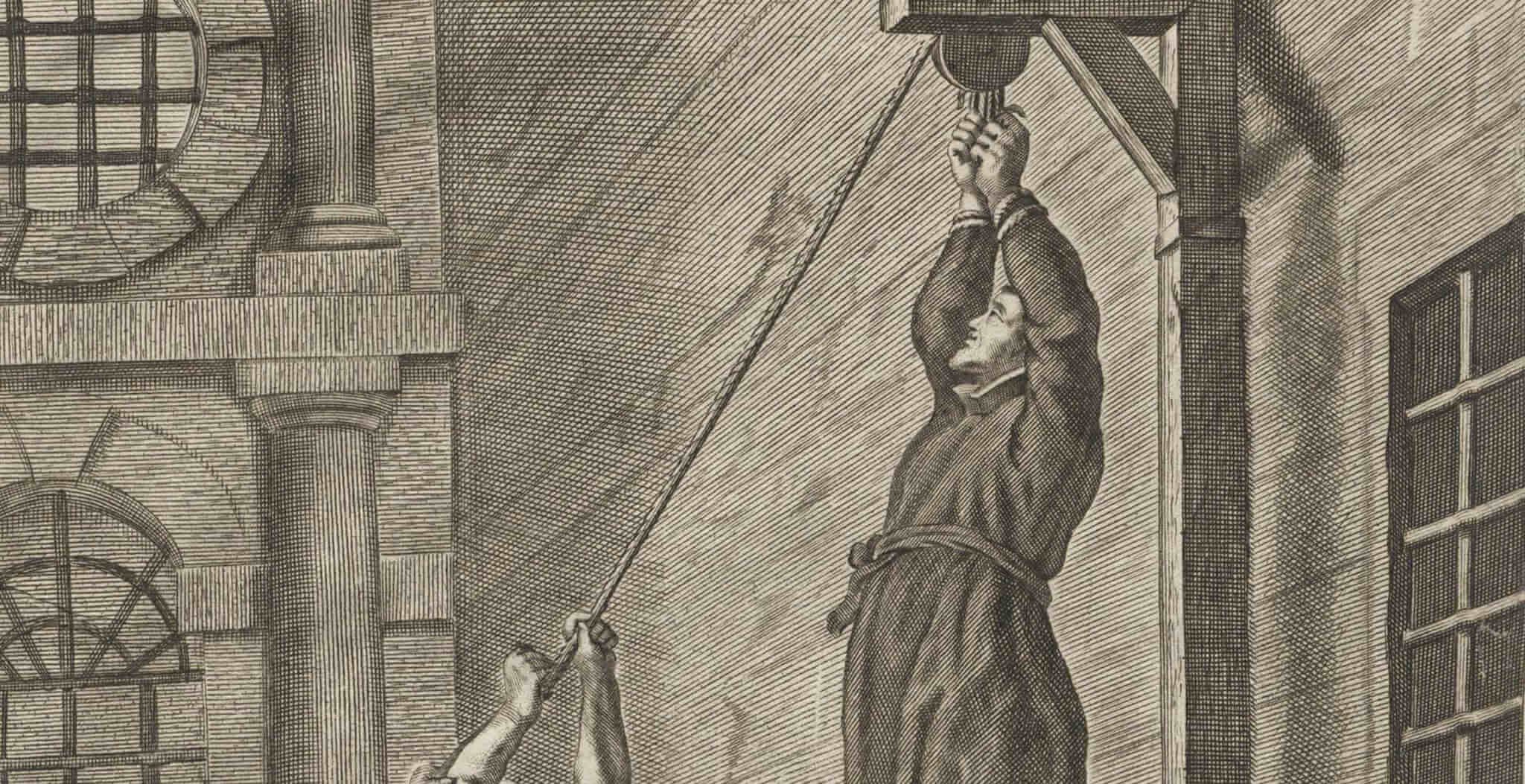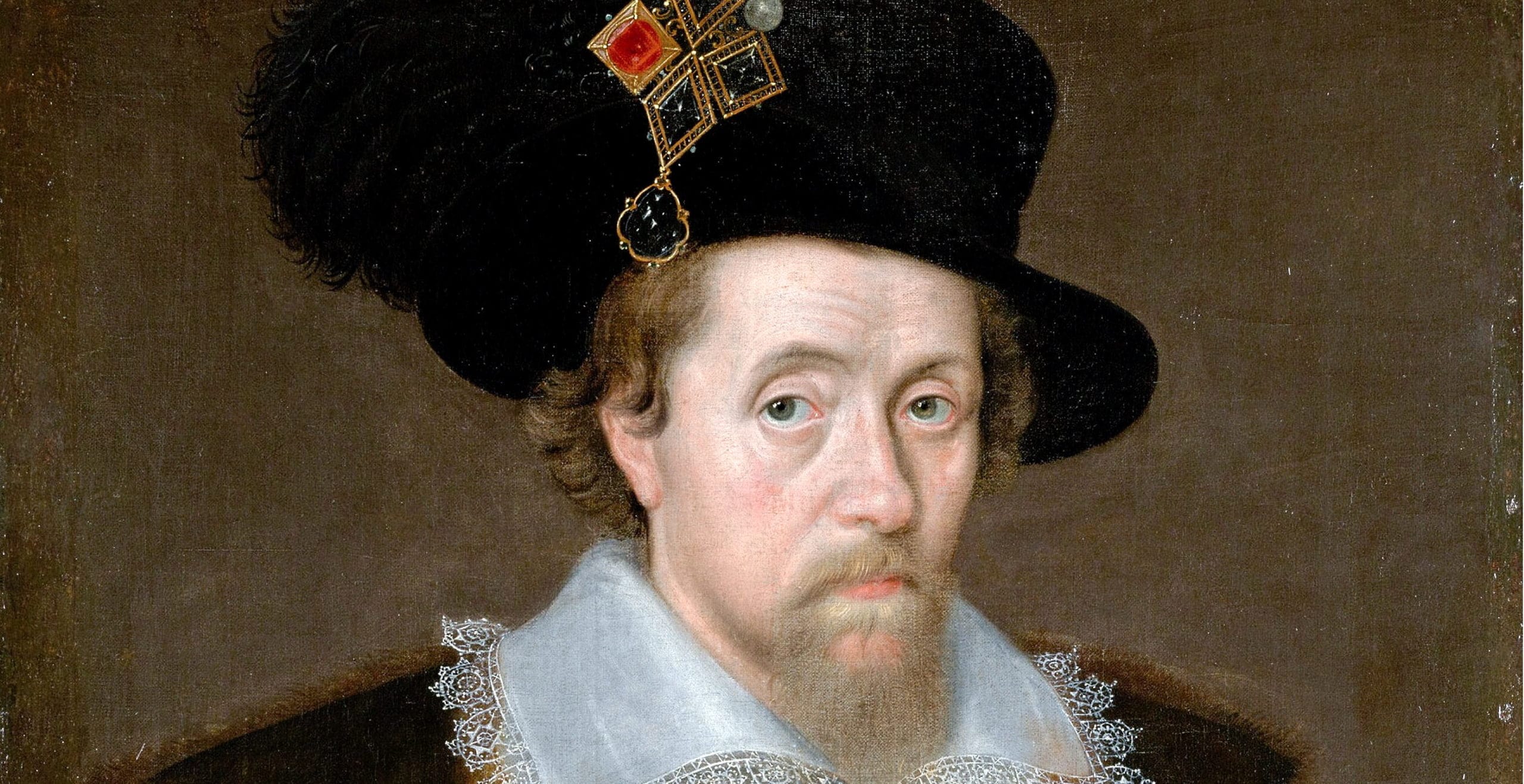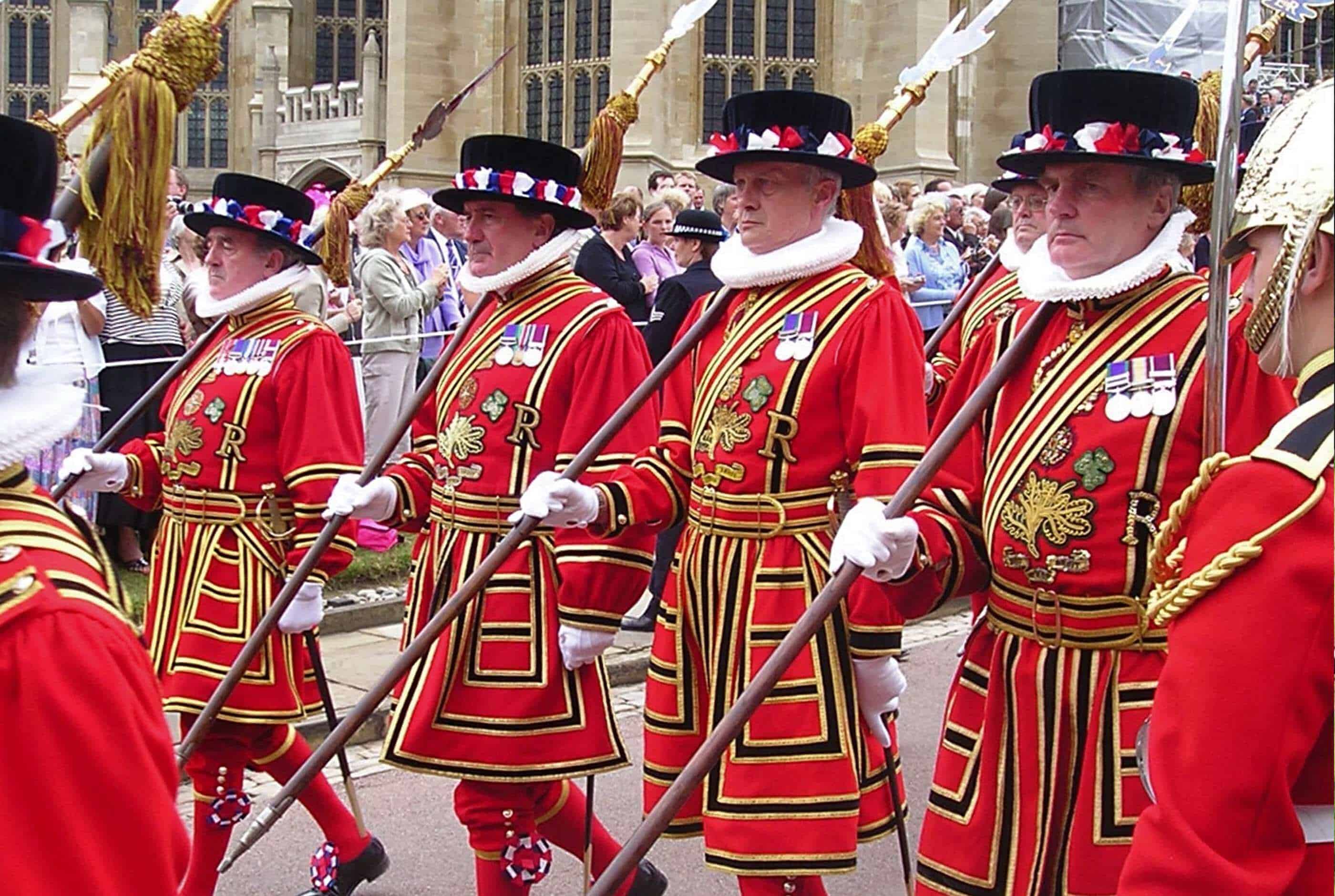“Remember, remember the 5th of November, gunpowder, treason and plot.”
The mastermind behind this infamous plot was not Guy Fawkes but Robert Catesby.
Viewed as dangerous by the government and charming to others, Robert Catesby was very much the orchestrator of the Gunpowder Plot whilst Guy Fawkes proved to be the fall guy.
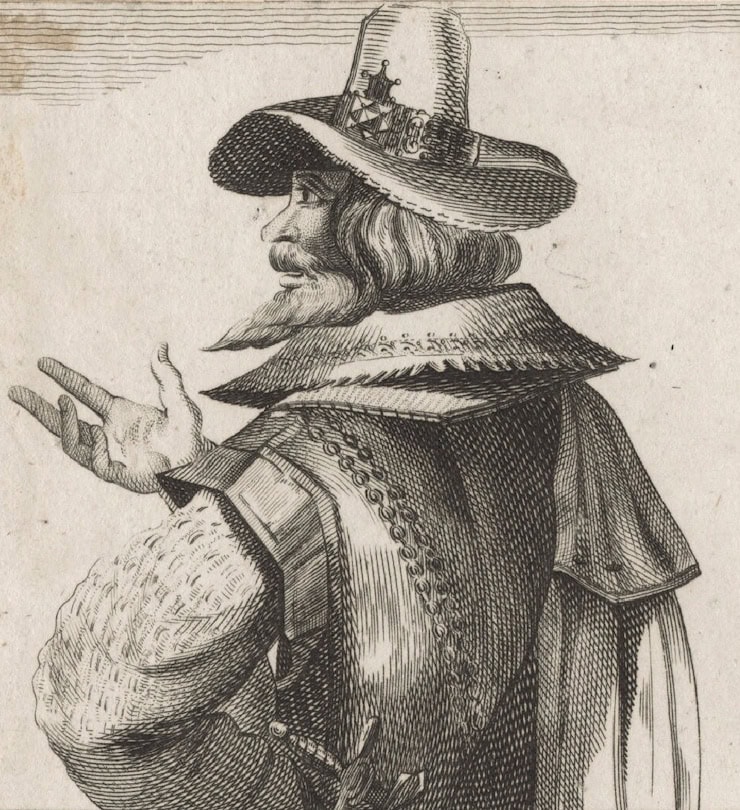
His story begins in Warwickshire, born in 1572, the son of Sir William Catesby of Lapworth and his wife Anna Throckmorton. His prominent family had impressive lineage linked to William Catesby, who was councillor to Richard III. The family’s Catholic faith had seen his father face years of imprisonment as well as other family members face accusations of recusancy.
Young Robert meanwhile attended Gloucester Hall in Oxford but left before taking his degree, as the prerequisite of swearing the Oath of Supremacy was an act too far for Catholic Catesby. Instead, he is thought to have attended a seminary college in Douai.
During his youth, England found itself locked in a conflict with its Catholic rival, the Kingdom of Spain, with events notoriously coming to a head in 1588 with the Spanish Armada. During this time, Robert was allegedly imprisoned at Wisbech Castle.
A few years after these politically tumultuous events, Robert found happiness in marriage with Katherine Leigh who was a Protestant and daughter of Sir Thomas Leigh of Stoneleigh Abbey near Kenilworth in Warwickshire.
In the coming year, around the same time as his first son was born, Catesby inherited property from his grandmother. Sadly, his first son died, however later his second son was born and baptised in an Anglican parish church.
A few years later, personal tragedy struck when Catesby lost not only his father but also his young wife within a year. Such tumultuous events saw Robert turn back to his faith for solace and embrace Catholicism which became a prominent aspect of his life.
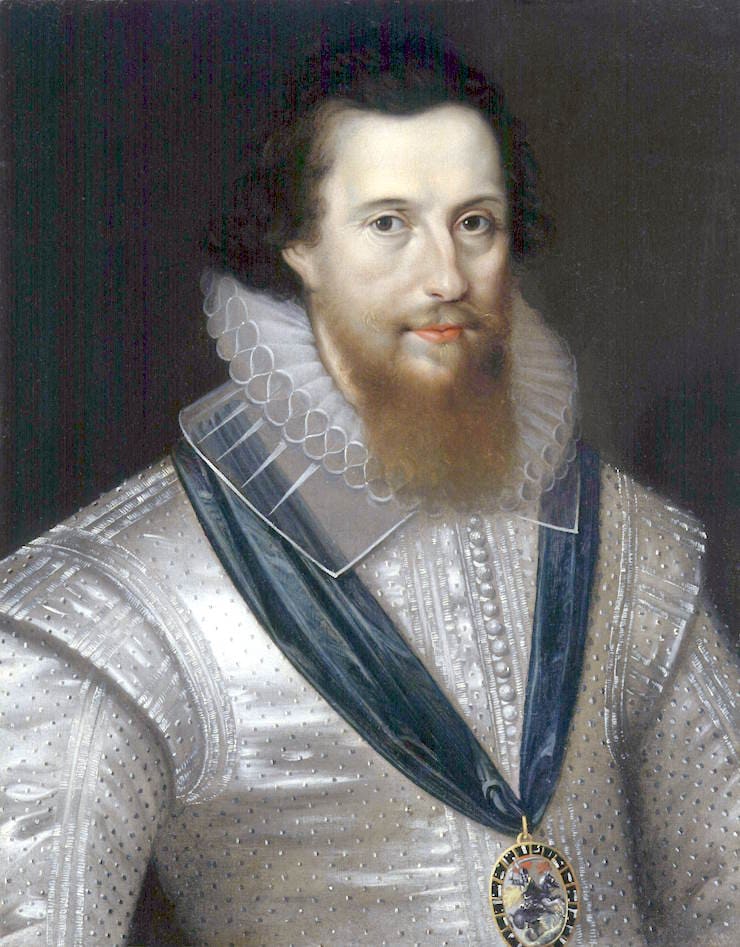
Meanwhile, the political situation was looking volatile as Queen Elizabeth I faced a rebellion led by Robert Deveraux, 2nd Earl of Essex. In February 1601, what became known as Essex’s Rebellion was unsuccessfully launched in order to gain further influence in court, as well as to further the interests of the Catholic Church. Catesby soon found himself embroiled in Essex’s plans but unfortunately for all those involved, the rebellion proved to be a failure.
Whilst the Earl of Essex met his fate at the hands of the executioner in the Tower of London, Catesby was more fortunate. Despite being wounded and subsequently captured, Catesby faced a hefty fine of 4,000 marks, the equivalent of around £750,000. As a result, he was forced to sell his estate at Chastleton.
Since he was identified as a co-conspirator in Essex’s Rebellion, from then on Catesby was viewed with suspicion amongst those in government. Characterised as a dangerous figure, in 1602 it was believed that he had been actively involved in discussions with the Spanish government with the view of instigating another revolt.
The following year, Catesby was deemed to be one of the ‘principal papists’ who had designs to ignite a rebellion in the advent of the queen’s death, and accordingly he was arrested as a precaution.
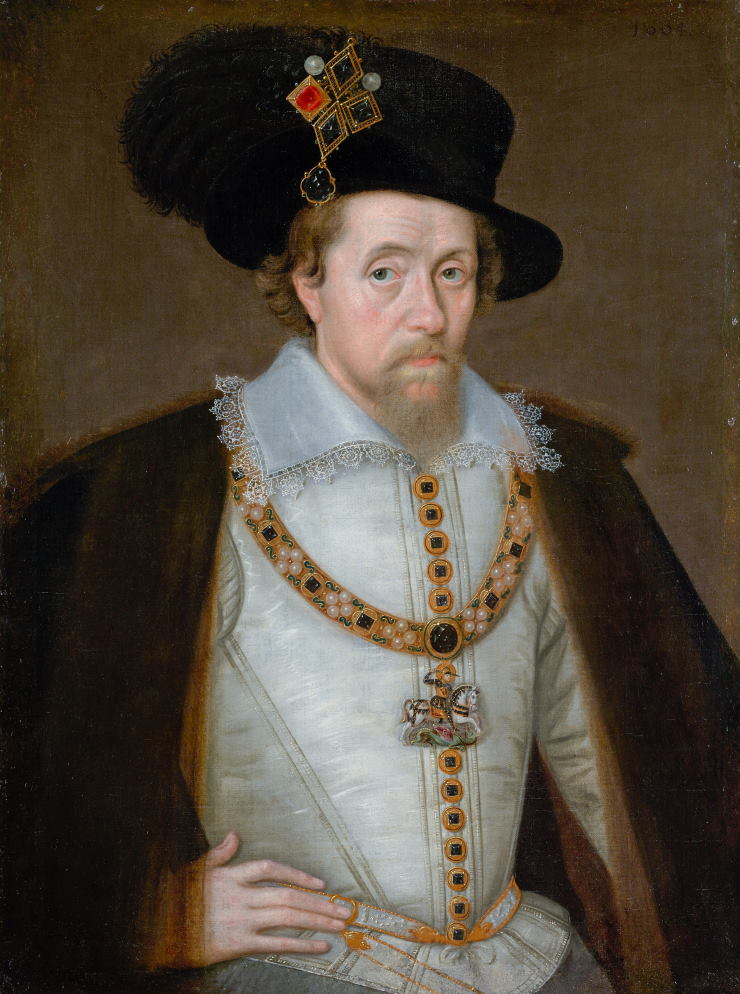
The succession of King James I to the throne led some Catholics to believe that the persecution they had suffered under Elizabeth I would come to an end, particularly as his own mother, Mary, Queen of Scots had been a devout Catholic. Evidently, James I appeared to rule with more tolerance, however in the coming decade the threat of regicide by some English Catholics led him to take a firmer stance.
Subsequently, James I decided to reimplement anti-Catholic legislation, including exiling Jesuit priests and reintroducing Catholic fines, thus diminishing hopes for religious toleration.
Catesby was enraged by the decision and he saw direct action as the only way in which to respond.
His disillusionment with the new king, combined with the failure of Essex’s Rebellion, saw him on a mission which found expression in the Gunpowder Plot.
Essentially the plan was to blow up both King James I and the House of Lords with an enormous amount of gunpowder during the State Opening of Parliament. This would then trigger an uprising which would see a Catholic monarch reinstated on the English throne.

In 1604, Catesby began to enact his plans, but his first task was to find a group of willing co-conspirators. The group which formed included Thomas Wintour, John Wright and Thomas Percy. In the subsequent months another eight recruits followed and plans were underway to carry out the devised explosion – against the better wishes of Jesuit Priest Henry Garnet who implored his fellow Catholics to abandon their plans.
In the coming months, Thomas Wintour (Catesby’s cousin) tried unsuccessfully to negotiate better terms with the Spanish in support of English Catholics. During this time, the Welsh spy Hugh Owen introduced Wintour to Guy Fawkes, a devout Catholic who had travelled to the continent to fight for Spain in the Dutch War of Independence.
The fellow conspirators and new recruit met on 20th May 1604 in a tavern in London where they swore an oath of secrecy in a private room. In the coming months, new recruits were added to the team, including Robert Keyes who was given the responsibility of looking after Catesby’s Lambeth home which housed the explosives. Other recruits joined a few months later, including servant Thomas Bates, Wintour’s brother Robert, John Grant and Christopher Wright.
Whilst the logistics were being worked out, the opening of Parliament, which had initially been planned for February 1605, was pushed back as a result of the plague.
Throughout the summer of 1605, the Jesuit priest Father Garnet attempted to dissuade Catesby from executing his plans, however his protestations fell on deaf ears.
Meanwhile, the opening of Parliament was rescheduled for 5th November, forcing Catesby to push back his scheme and in doing so bear the financial brunt.
Before November, three final recruits were added to the group, including staunch Catholic Abrose Rookwoood, Francis Tresham who was Robert’s cousin and Everard Digby, a young and wealthy man in possession of a stable of horses.
In the final weeks leading up to the plot, the finishing touches were being discussed in various taverns across London. The details of the plot included Fawkes’ planned escape from London to the continent, as well as an imminent uprising emerging from the Midlands in which Princess Elizabeth would be captured.
Such audacious plans caused a degree of trepidation amongst some of the conspirators, who feared innocent Catholics might be caught up in the explosion. As a result of these fears, William Parker, 4th Baron Monteagle received an anonymous letter warning him not to attend Parliament. Such a surprising message led him to pass on the correspondence to the Secretary of State, Robert Cecil.
Immediately, Catesby feared Tresham’s involvement as William Parker was his brother-in-law and thus confronted him, warning that he would ‘hang him’, however Tresham denied all involvement whilst at the same time imploring that they abandon the plan.
After some consideration, Catesby made the decision to proceed despite the letter, and by 3rd November had met with Wintour and Percy in London. The following day he left for the Midlands, ready to execute the planned uprising.
Unfortunately, Catesby’s decision to go ahead with the plot proved a fatal error of judgement. On the night of 4th November Guy Fawkes, who had been left responsible for guarding the gunpowder in the undercroft beneath the House of Lords, was discovered.
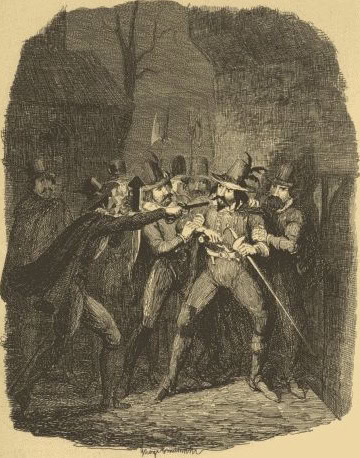
News of his arrest soon led to his fellow conspirators hastily fleeing London whilst Catesby’s group, who were no longer in the capital, were unaware that their cover had been blown. Once news did eventually reach them, they headed to Catesby’s family home at Ashby St Ledgers and then carried on until reaching Dunchurch, where they met up with the rest of the group.
The next day saw the remaining group raid Warwick Castle for supplies as Catesby still hoped to be able to retaliate and planned to raise an army in Wales.
Unfortunately, awareness of their demise saw fellow family members and friends begin to disassociate themselves from the group.
By now, Catesby was very much a wanted man, having been identified by Fawkes who was now under torture in London as the ringleader of the group.
Eventually, the dwindling group reached Holbeche House which lay on the Staffordshire boundary. However in a series of events which followed, their decision to spread out the wet gunpowder they had stolen in front of the fire proved a dire mistake. A small spark from the fire landed on the damp powder and soon flames engulfed Catesby and a few other individuals.
At this point, the men had lost the will to fight back and were resigned to their fate. Catesby, whilst scorched, had survived the accident and resolved that he would never be taken prisoner.

Finally, on 8th November it all came to an end when the Sheriff of Worcester, accompanied by around 200 men, surrounded Holbeche House. Catesby was shot alongside his conspirators and his body was said to have been found inside, clutching a picture of the Virgin Mary.
Robert Catesby was subsequently made an example of, with orders given to have his head displayed on a spike at the side of Parliament House. After death he was declared guilty by an Act of Attainder and his property forfeited to the Crown.
Was it really Guy Fawkes’ night? Or should we call it Robert Catesby night?
Jessica Brain is a freelance writer specialising in history. Based in Kent and a lover of all things historical.
Published: 4th November 2025
